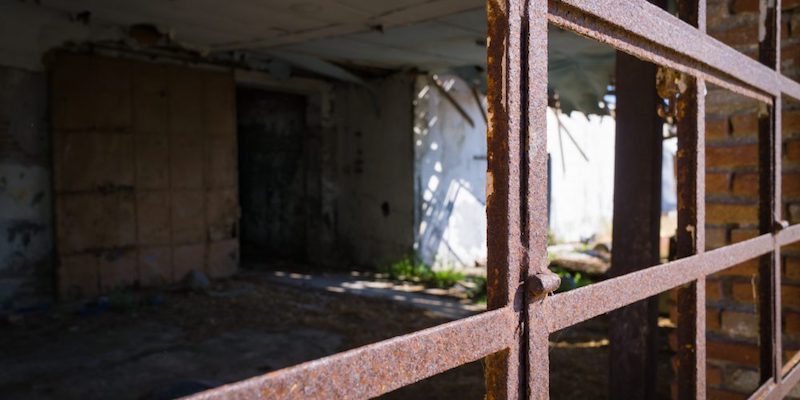
Recent events have us thinking about the importance of safeguarding our artwork. When natural disasters hit our studios, it can be disastrous. There’s only so much protecting we can do when a level 10 earthquake shakes or category 5 hurricane drops – hence the importance of digitizing your work (see below). But, we should not forget about the smaller, more common hazards to our work.
You spent hundreds of hours crafting your works; take some time to secure your works so that your creative effort was not wasted. We have a few tips to help keep your artwork protected and preserved.
Tips to Help Keep Your Artwork Protected and Preserved
- Put your works on wooden pallets to keep them off of the ground. This will protect them from flooding caused by rainfall or burst pipes.
- Protect works from above too. Cover your art with heavy plastic or scrap carpeting; wrap it completely to protect from the elements above and below.
- Never store your work near windows, doors, vents or ceiling fans. That being said, you want your storage unit or studio to have ventilation. Condensation forms when cool air meets moisture, and it destroys paintings.
- Keep the temperature of your studio or storage unit between 65 and 85 degrees Fahrenheit to avoid fading, cracking and chipping. This keeps both your works and your art supplies safe.
- Store three-dimensional works on padded metal shelving and place the heaviest works on the bottom shelves. Make sure the bottom shelves are elevated from the floor.
- Secure those shelves to the wall and/or floor. Why? Unsecure shelves fall during earthquakes or float away during floods.
If you live in a place where earthquakes are possible, add a rope or other barrier to keep items from vibrating off of shelves.
Secure works on display with museum wax to keep them from vibrating off of the shelves. Museum gel (typically used for glass secured on glass) can be used as well. - Store paintings in vertical storage bins with barriers between artworks, preferably acid-free materials.
- If you have to stack your artworks, place corrugated cardboard barriers between artwork and stack work front-to-back and back-to-back. Please don’t stack unframed art in this way; you don’t want paper/canvas making contact with other works, and weight on corners can puncture the work.
- Digitize your work! Photograph and inventory your works. You’ll want a record in case those works are destroyed. We hope that NEVER happens to you.
- The same goes for recording your material supplies. In the unfortunate event you need records for insurance, you’ll have them at your ready.
Here are some additional resources for safeguarding your artwork and maker’s space:
- CERF+’s Studio Inspection Safety Checklist https://cerfplus.org/wp-content/uploads/CERF-Studio-Inspection-for-Safety-Checklist.pdf
- Materials Information and Technical Resources for Artists (MITRA)- https://www.artcons.udel.edu/mitra
- Art Storage System- https://youtu.be/C6duggCsHmA
- Art Storage Guide for Printed Matter and Paintings- https://www.usaoncanvas.com/include/guide_art_storage.php
- Emergency Treatment of Water-Damaged Paintings on Canvas- http://canada.pch.gc.ca/eng/1439925170474
- Fire Safety for Artists – https://vlaa.org/fire-safety-for-artists/
Now go protect your work and rest easy tonight!
Written by Elysian Koglmeier




